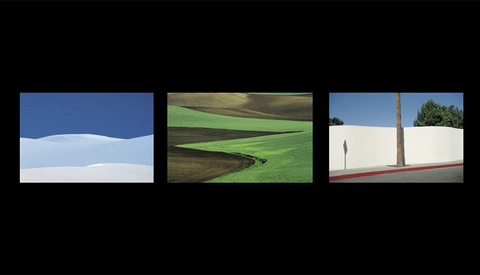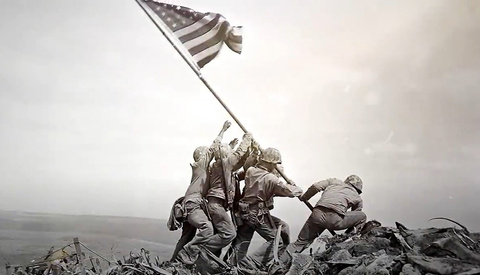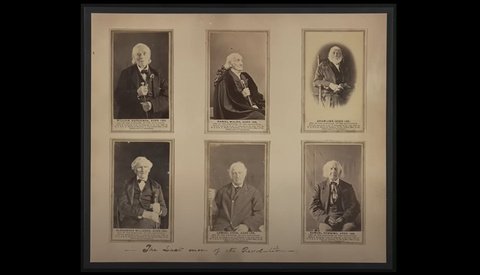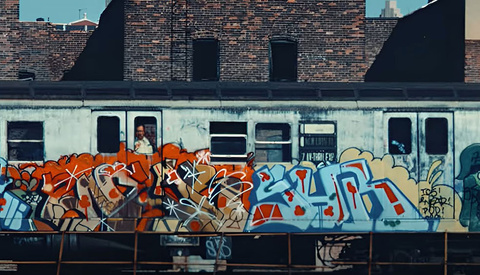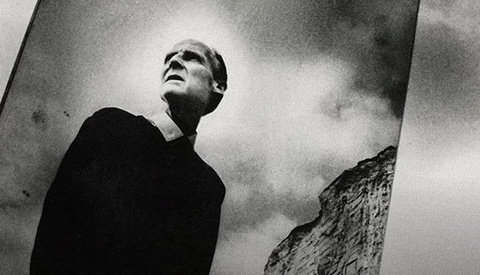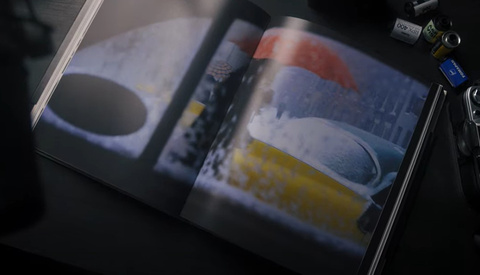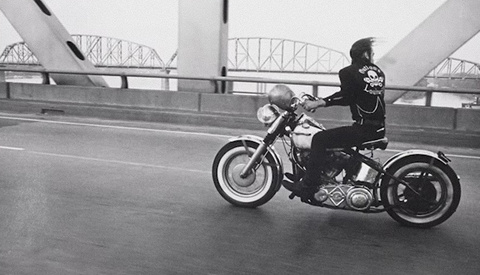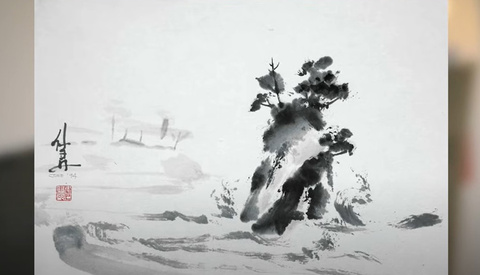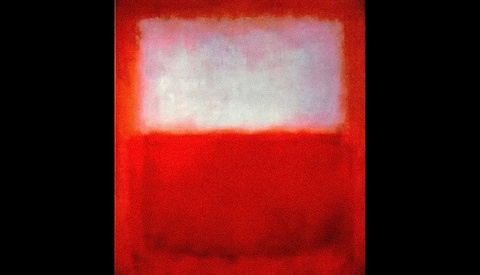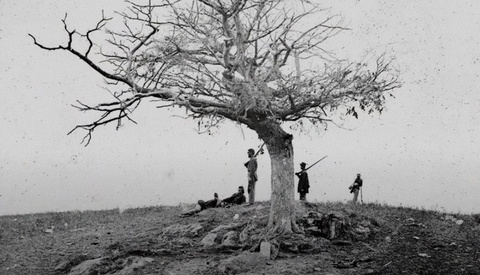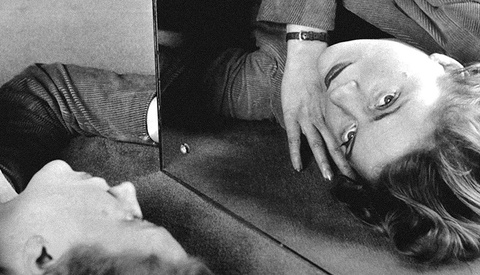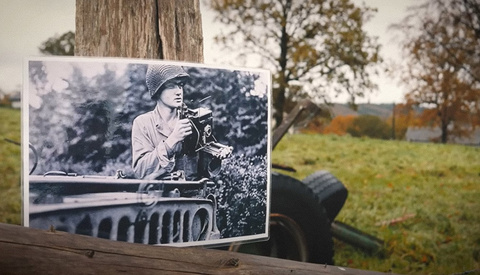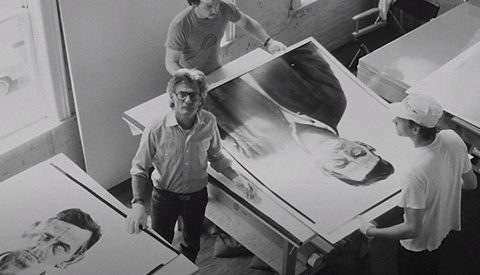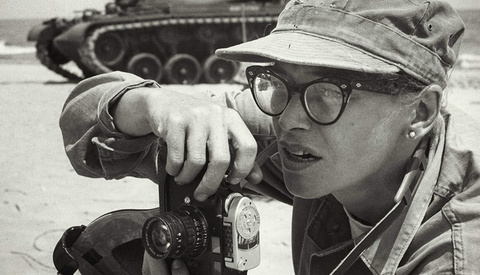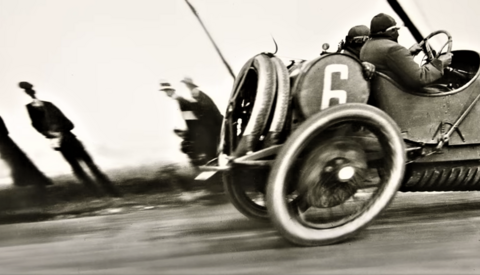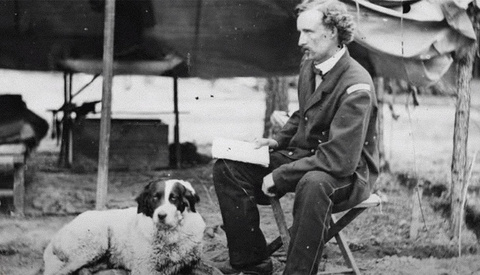In the waning days of World War II, the German army unleashed a massive, surprise attack on the Allied forces in the Western Theater with the hope of extending the lifeline of their military forces. This attack created a bulging salient in the Allied lines along the Ardennes Forest in Belgium. This battle, forever known as The Battle of the Bulge, lasted from December 16, 1944, to January 25, 1945, and is considered by historians as one of the largest land battles the United States ever engaged in. In the chaos of all this, US Army Signal Corps photographer, Hugh Francis McHugh, would be there to document the battle. Sadly, it was here on the snow-filled fields, on the last day of the battle, where McHugh would capture his last photograph.

